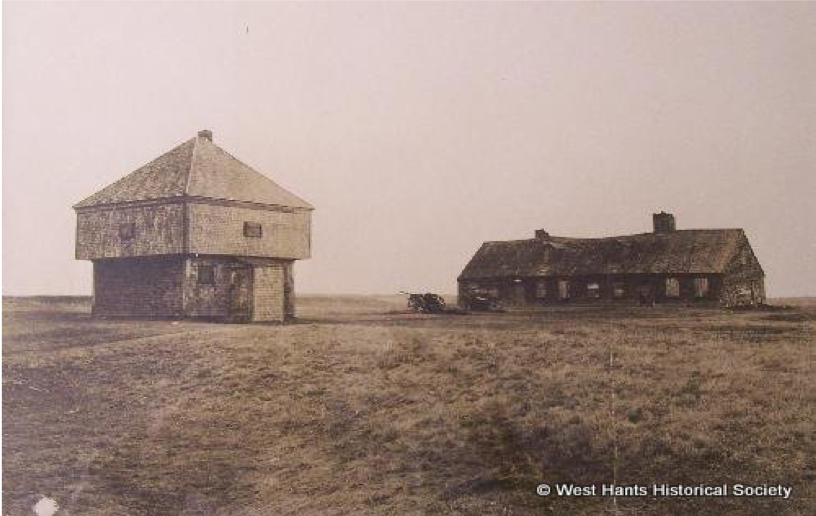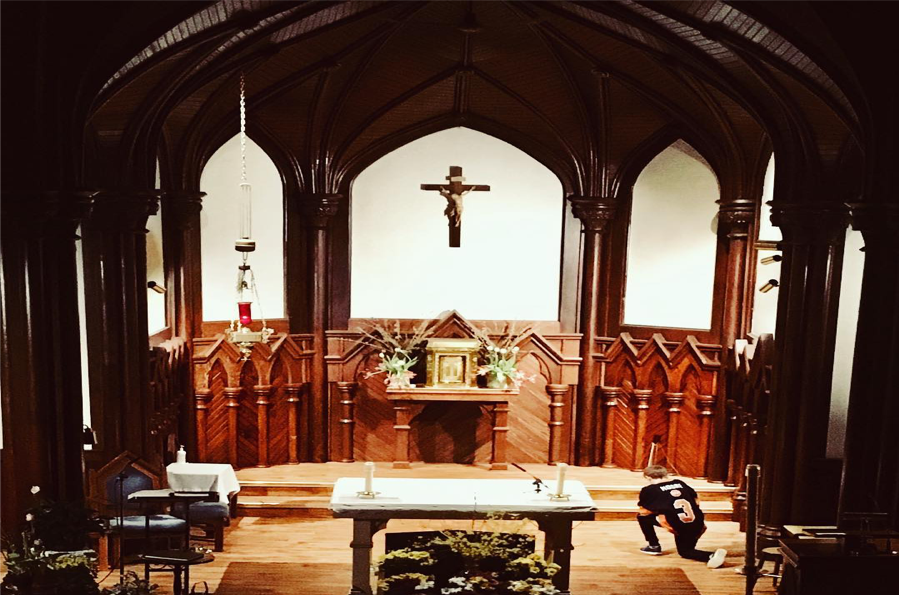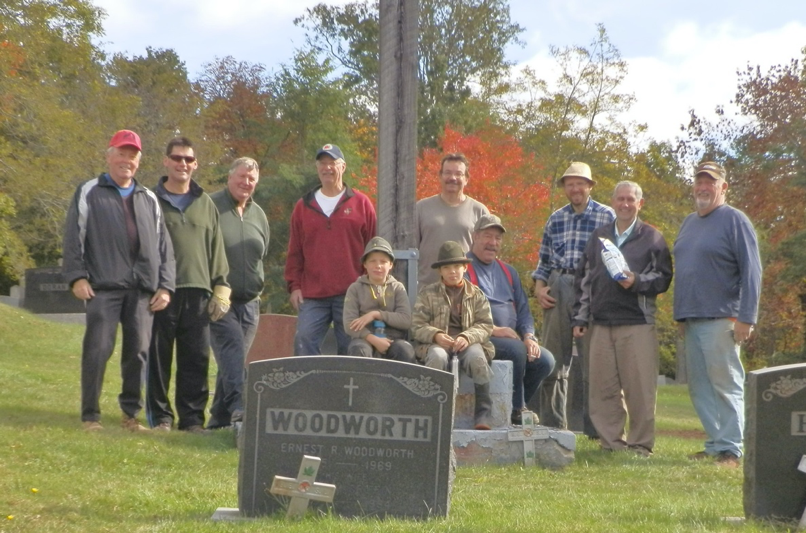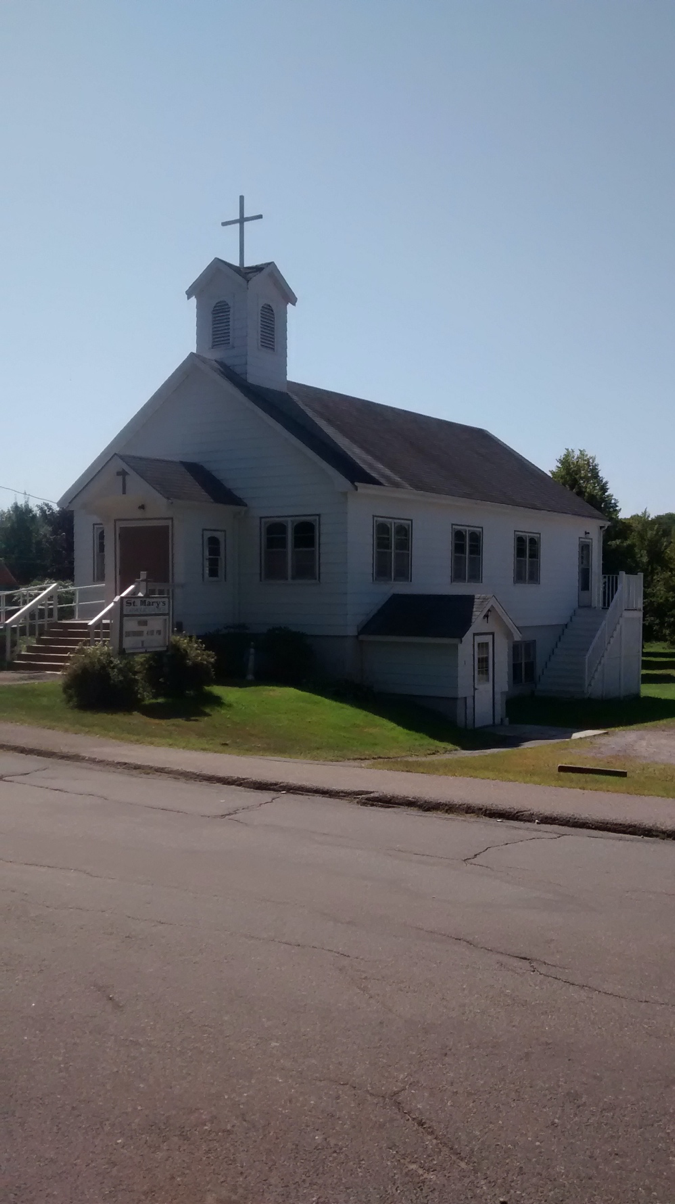St. John
Windsor
Make a Donation
Get Involved
The Mi’kmaq and Acadians

St. John the Evangelist Church, Windsor NS
However, the French Acadians were viewed as a threat to the English who had control of mainland Nova Scotia. In 1755 the Acadians were deported. Alexander Murray, who at the time was in charge of English Fort Edward in Windsor, reported to have deported more than 1,000 Acadians. They were sent from Windsor by sea to the American colonies and French territories.
These remaining stragglers were sent to work at Castle Frederick in Falmouth or to Cape Breton, Prince Edward Island and the Digby County area of mainland Nova Scotia.
The English
The fort helped to strengthen the English position in the area and served as a half-way point between English strongholds in Annapolis Royal and Halifax.

Look out and Quarters at Fort Edward
Arriving in Windsor, they quickly developed the area, forming towns and villages and building churches, roads and schools. They also established a flourishing shipbuilding industry. A large proportion of the current population of Hants County is descended from the Planters.
Despite the British taking control of Acadia in 1710, Nova Scotia remained primarily occupied by Catholic Acadians and Mi’kmaq. The British quickly began to build other settlements. Within 18 months of establishing Halifax, the British also took firm control of peninsula Nova Scotia by building fortifications in all the major Acadian communities: present-day Windsor (Fort Edward); Grand Pre and Chignecto.
The Great Fire of 1897

The remains of the Catholic church in Windsor following the Great Fire of 1897.
The excavation for this sandstone, Gothic Revival style church began in 1898 with the cornerstone being laid on August 17th. The first Mass was celebrated in the basement on November 7th, while the church was still being completed, and the church would not be completed until 1909.


The Rectory at St. John’s Church

The current church cemetery is located on Wiley Street in Windsor.

A happy and hard-working group of Knights of Columbus and friends doing some Fall cemetery work!
There were four churches in the town in 1956, but one was barely one year old … St. Mary’s RC Church. The small church was built in the Summer of 1955 under the leadership of Fr. Anthony Laba. It would be the mission church of St. John’s in Windsor. The first Mass took place on October 16th and the seating capacity was about 130.
Prior to the building of St. Mary’s, Mass was offered, not every Sunday but frequently, in various family homes: the Drouins, the MacNeils and even in the Community Centre (Churchill House). Catechism was taught in private homes, as well.
Active for 63 years, the church was closed and put up for sale in 2018, and was recently sold – 1 June 2020. At the final Mass on October 9th, 2018, six of the original members of St. Mary’s were present.

St. Mary Queen of Heaven and Earth – the Hantsport Mission
St. John the Evangelist and St. Mary Queen of Heaven and Earth … pray for us!
© 2022 Corpus Christi Parish. All Rights Reserved. Privacy Policy. Website by Windrose Web Design
